How to Write More Likeable (or Unlikeable) Book Characters
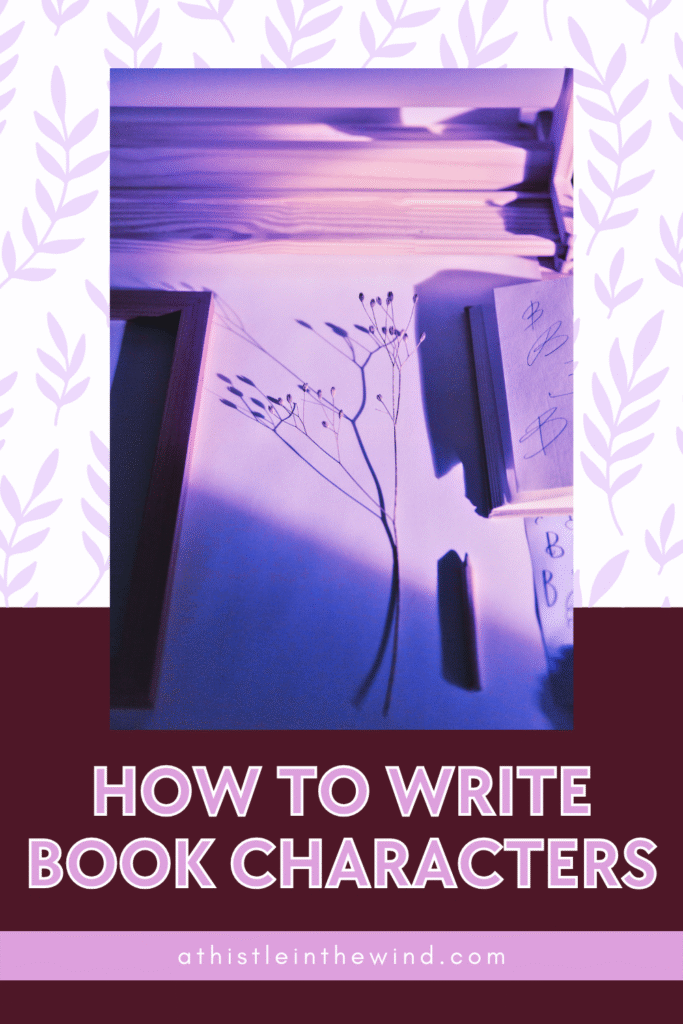
I’ve spent a lot of time recently talking about writing a book. From worldbuilding to writing memorable first chapters to pacing; I’d say that I’ve covered a lot. However, there’s one critical part of writing great fiction that I haven’t discussed and that would be writing likeable (or unlikeable) book characters. After all, great characters are just as important as a good plot and detailed worldbuilding.
So, to fix this err of mine, in this blog, I’m finally talking about writing memorable characters.
Have you ever wondered why some characters leap off the page and into your heart, while others just…grate on your nerves? Writing book characters that evoke a strong reaction is key to a captivating story.
It’s not always about making everyone a saint; in fact, sometimes the most memorable characters are deliciously flawed. Let’s take a closer look.
How to Write Likeable Book Characters
Admittedly, I don’t struggle with writing characters. I guess it’s because I draw character inspiration from real people which automatically makes them either likeable or unlikeable. But not everyone does; in fact, I think you’re probably a better writer than me if you don’t do that. If anything, great book characters are a testament to your ability to observe human behaviour and create individuals that will impact thousands (if not tens and hundreds of thousands of) people.
Seriously. That’s what’s really happening here. Great, likeable characters can impact readers for the rest of their lives. Think of a character you love; a good character that is. I can think of so many: there’s Aang and the gang from Avatar: The Last Airbender, the Starks from A Song of Ice and Fire, a certain group from a certain wizarding book series I will no longer talk about (but they were amazing characters), Howl and Sophie from Howl’s Moving Castle…the list goes on.
However, creating likeable characters can be difficult. It’s often subjective too, a feeling readers have that isn’t always easy to pin down. What one person adores, another might find irritating. Luckily, there are some fundamental principles that can guide you in crafting book characters your readers will connect with, even if they don’t always agree with their choices.
Understanding What Turns Readers Off
Before we explore how to make characters likeable, it’s helpful to understand some common pitfalls that can lead to reader aversion.
1. The Self-Absorbed Protagonist

Imagine spending hours inside someone’s head, only to find they’re solely concerned with themselves. While some level of self-awareness is natural, especially in younger characters navigating their place in the world, a character whose entire internal monologue revolves around their appearance, social standing, and personal desires can quickly become tiresome.
Readers might struggle to empathise with someone who seems oblivious to the world and people around them. It’s not that teenagers can’t be engaging protagonists, but if their inner world is a constant loop of self-obsession without any outward empathy or engagement, they risk alienating the reader.
2. The Flawlessly Perfect Character
It might seem counterintuitive, but perfection can be profoundly boring. A character who is beautiful, universally loved, and never makes a mistake can feel distant and unrelatable.
Where’s the struggle? Where’s the vulnerability? Readers often connect with book characters because they see a piece of themselves in them, and let’s face it, we all have insecurities and imperfections.
A perfect character can also struggle to generate compelling conflict. If they’re good at everything and effortlessly achieve their goals, what’s there to root for? They simply don’t need anything, which makes their desires feel less urgent and their journey less engaging.
3. The Perpetual Complainer
Nobody enjoys spending time with someone who constantly whines and sees the negative in everything. A character who does nothing but complain about their circumstances and the people around them can become incredibly draining to read.
If nothing is ever good enough for them, they can come across as entitled and unpleasant. This relentless negativity can sour the reading experience and make readers actively dislike being in that character’s company.
4. The Overly Controlling Rule-Follower
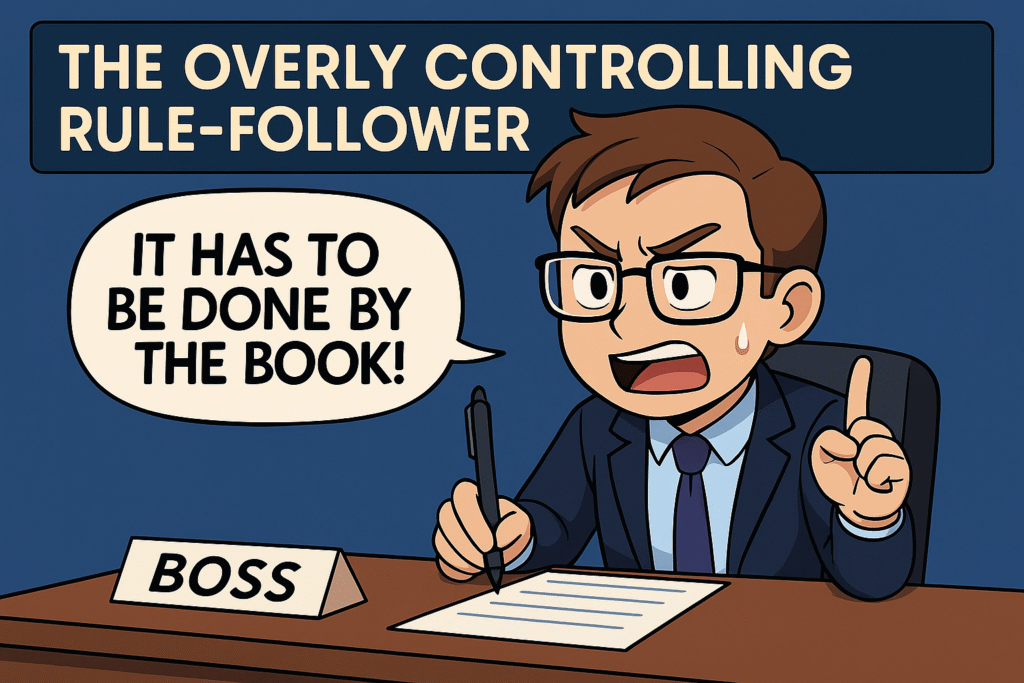
While rules and order have their place, a character whose primary function is to police others and enforce regulations with unwavering rigidity can be deeply unlikeable, especially if their actions negatively impact a protagonist the reader is already invested in.
Constantly reporting minor infractions or nagging others for not adhering to every single rule can make a character feel like a joyless stick-in-the-mud, hindering the more relatable characters from simply living their lives.
5. The Judgemental and Mean-Spirited Character
Characters who are consistently cruel and unkind to others, especially those who are presented as sympathetic, will likely earn the reader’s disdain.
Unjustified meanness towards other characters the audience cares about is a surefire way to make your readers feel negatively towards the perpetrator. While conflict is essential, gratuitous cruelty without a clear narrative purpose can simply make a character repulsive.
6. The Utterly Incompetent Character
While some comedic effect can be derived from a character who struggles with everyday tasks, a character who is consistently useless at everything they attempt can become frustrating to read about.
If they can’t contribute meaningfully to the story or navigate basic challenges, they can come across as simply irritating and boring. Readers want to see characters who, even if flawed, possess some level of agency and competence.
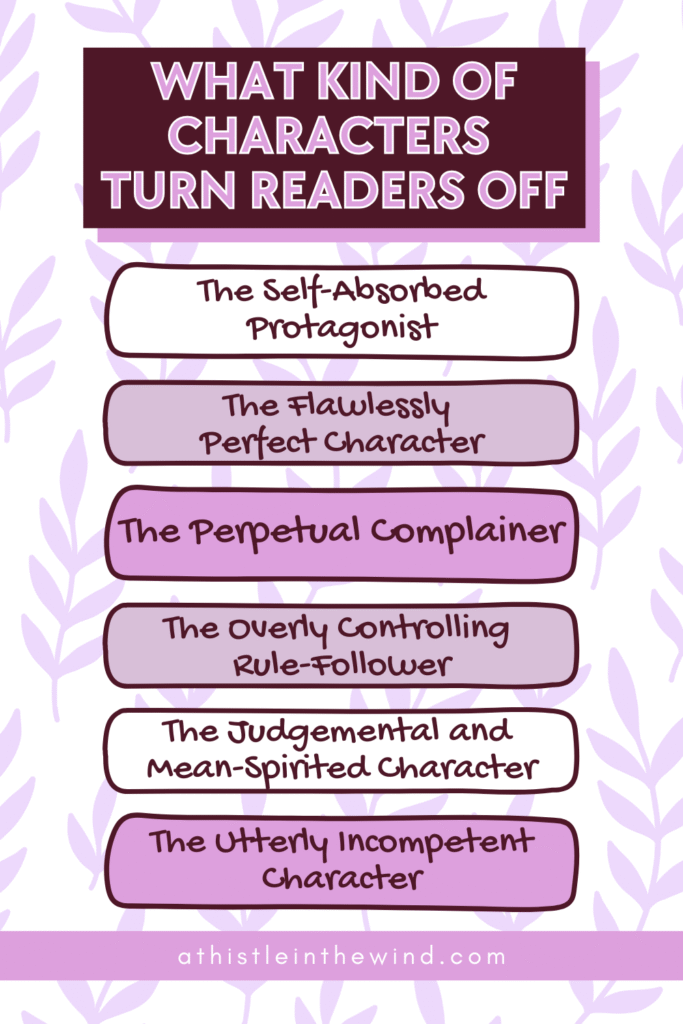
Strategies to Make Your Book Characters More Likability
Now that we’ve explored some common pitfalls, let’s look at ways to make your book characters more endearing to your readers.
1. Give Them a Past That Explains (But Doesn’t Excuse)
A well-crafted traumatic backstory can provide context for a character’s current behaviour, even if that behaviour is morally grey. Understanding why a character acts the way they do can foster sympathy, even if the reader doesn’t condone their actions. This doesn’t mean you should excuse bad behaviour, but providing a justifiable origin for their flaws can make them more understandable and relatable on a human level.
2. Avoid Unjustified Meanness
This might seem obvious, but ensure that if your character acts unkindly, there’s a clear and justifiable reason within the narrative. If a character you want your readers to root for is consistently mean to others without provocation, it will be difficult for the audience to empathise with them. There’s a difference between justified anger or conflict and gratuitous nastiness.
3. Self-Awareness and a Touch of Humour
If your character has significant flaws, but they are aware of them and can even poke fun at themselves, it can soften the impact of those flaws. Self-deprecating humour can make a character feel more human and less self-important. While it doesn’t excuse harmful behaviour, the ability to acknowledge and even joke about their own shortcomings can make them more relatable and easier to like.
4. Show Them Caring for Others
Extend the “save the cat” principle by demonstrating that your character has genuine affection and concern for other characters in the story. This could involve acts of kindness, protecting someone in danger, or simply being a loyal and supportive friend. Giving your character someone else in the book that they deeply care about and would go to great lengths for can make them incredibly endearing. This could be a friend, family member, romantic partner, or even a beloved pet. Showing their capacity for love and care makes them feel more human and relatable.
5. Give Them with Relatable Struggles
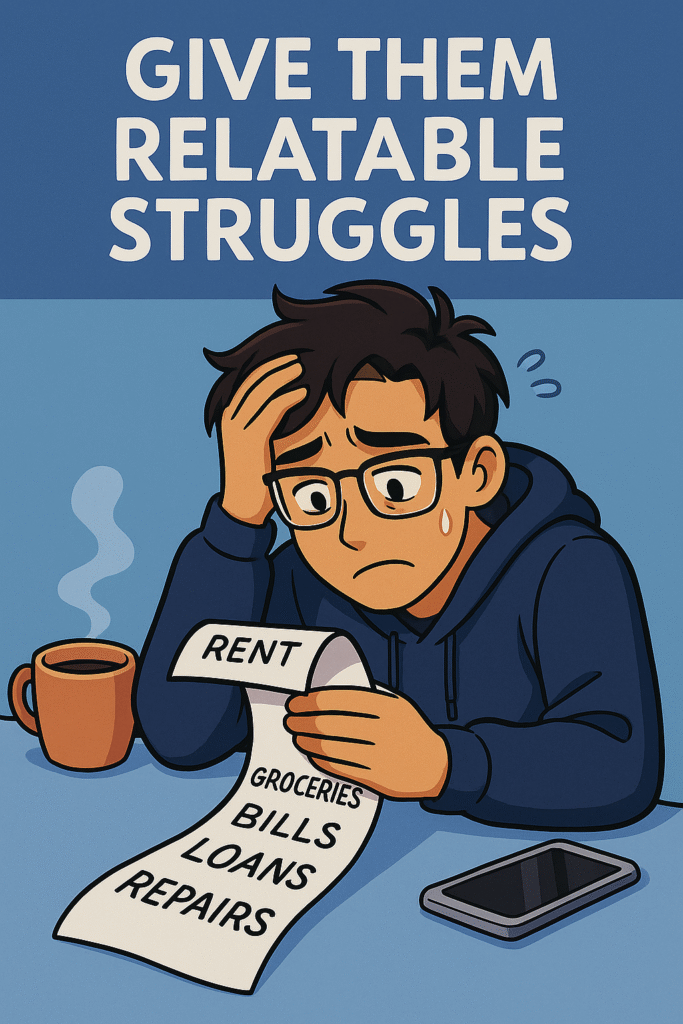
Giving your character something they genuinely struggle with – be it insecurity, a physical challenge, social awkwardness, or a constant feeling of not being good enough – can instantly make them more human and relatable. When readers see a character grappling with difficulties they themselves might have experienced, it creates a powerful connection and elicits sympathy. That vulnerability, that chink in their armour, can make them surprisingly endearing.
6. Embrace Vulnerability
Allow your character to be vulnerable with others. Sharing their fears, insecurities, and past hurts takes courage and builds intimacy. When a character opens up and reveals their true self, flaws and all, it allows readers to connect with them on a deeper emotional level and fosters a sense of empathy and understanding.
7. Champion the Underdog and Uphold Values
Having your character stand up for those who are less powerful or do the right thing, even when it’s difficult or requires personal sacrifice, showcases their moral compass and earns the reader’s respect. Characters in your books who stick to their values, even when faced with high stakes, demonstrate honour and integrity, qualities that readers can admire and connect with.
8. Show the Desire for Growth
Even if your character starts out flawed, showing a genuine desire to improve themselves and learn from their mistakes can make them much more likeable. If a character recognises their shortcomings and actively works to become a better person, it demonstrates self-awareness and a commitment to growth, which readers often find admirable and inspiring.
9. The Universal Appeal of Humour
A funny character is often an instantly likeable character. Humour, even in dark situations, can make a character someone readers enjoy spending time with. A genuinely funny character, who uses humour without being cruel to others, can be incredibly engaging and make readers more willing to overlook other minor flaws.
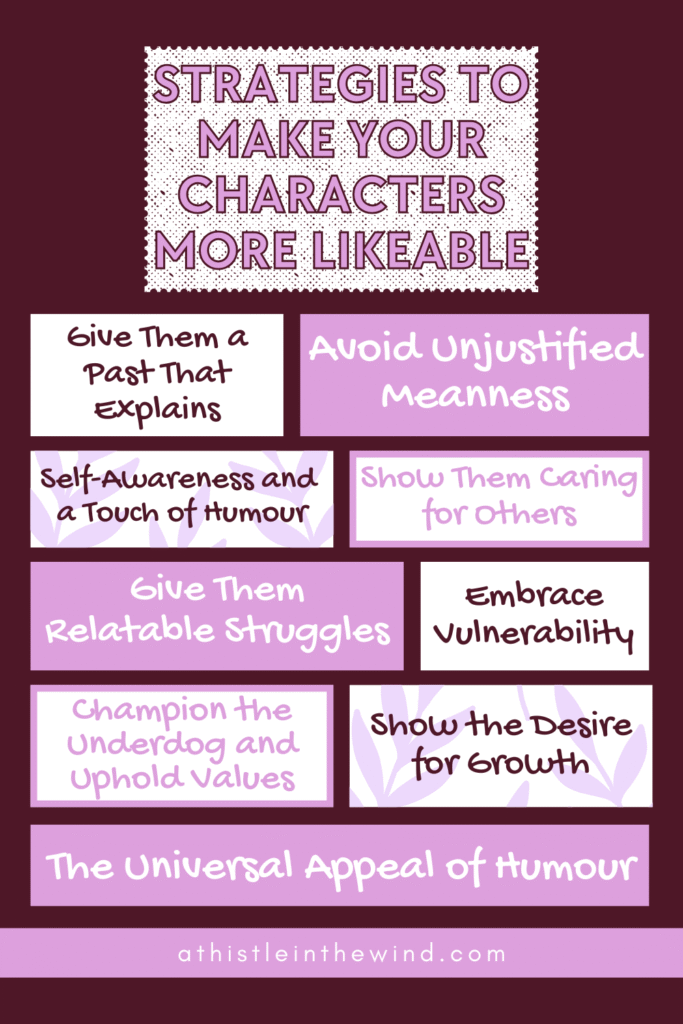
How to Write Unlikeable Book Characters and Villains
Sometimes, the most memorable characters are the ones we love to despise. A truly effective villain can heighten the stakes, make the hero’s journey more compelling, and provide a satisfying target for the reader’s animosity.
Creating a hateable villain isn’t about making them cartoonishly evil; it’s about tapping into those universal human qualities that we find truly repellent.
The Anatomy of a Hateable Villain
What makes a villain truly loathsome? It often boils down to a specific set of traits and actions.
1. The Embodiment of Selfishness and Immorality
Hateable villains often represent the worst aspects of human nature: greed, hatred, envy, and a complete disregard for the well-being of others. They are profoundly selfish individuals who knowingly inflict harm and take pleasure in the suffering of others. Their motivations are often purely self-serving, without any semblance of a greater good or even a twisted sense of justice.
2. Unfair Advantage and Exploitation
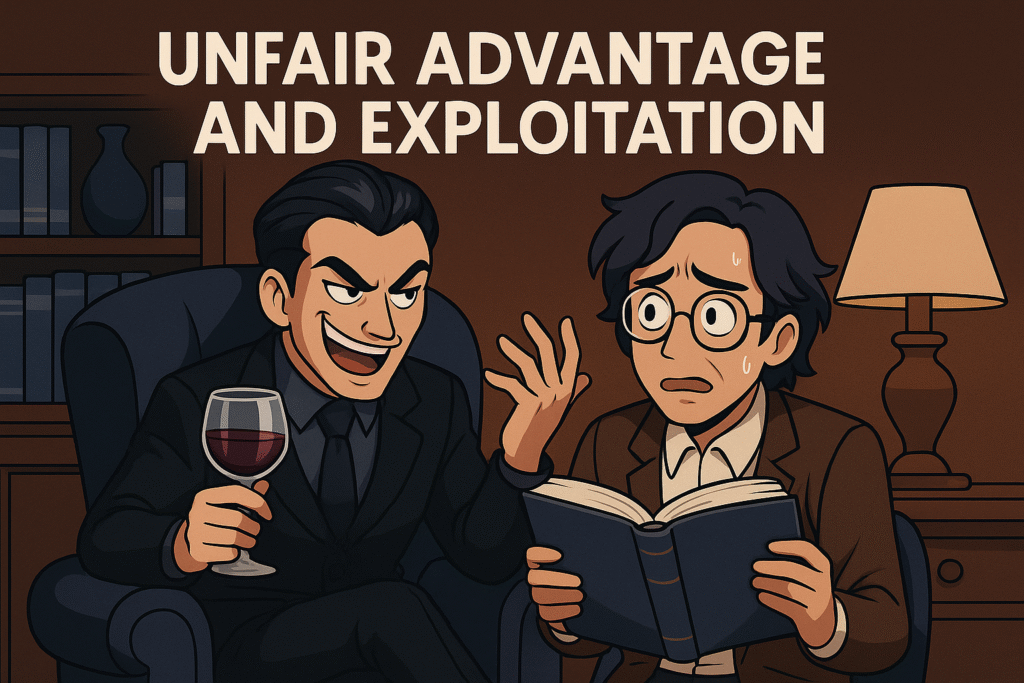
These villains often possess an unfair advantage over the hero, whether it’s through wealth, power, connections, or a willingness to lie, cheat, and harm innocent people to get ahead. They exploit their position to further their own selfish desires, adding to the reader’s sense of injustice and fueling their desire to see the villain overthrown.
3. The Absence of Humanising Backstory
Often, hateable villains lack a sympathetic backstory that might explain or justify their actions. The narrative doesn’t dwell on their tragic past or attempt to elicit empathy for their motivations. Instead, they are presented as simply, inherently bad, allowing the audience to hate them without guilt or reservation.
4. Hypocrisy and Moral Posturing
What makes a villain especially detestable is when they cloak their cruelty in a façade of righteousness. These characters pretend to act in the name of justice, morality, or the greater good, while their actions clearly betray selfish or malicious intent. This kind of hypocrisy creates a deep emotional dissonance for the reader—it’s not just that the villain is evil, it’s that they insist on being seen as good. Their self-delusion or manipulation of others’ trust makes them even harder to stomach, especially when others in the story fail to see through the charade.

Techniques to Make Readers Hate Villains
So, how do you go about creating a villain that readers will genuinely despise?
1. The “Kick the Dog” Moment
Early in the story, have your villain commit a cruel act against a likable or innocent character. This immediately establishes their capacity for evil and gives the reader a clear reason to dislike them intensely. This could involve physical harm, betrayal, or any act of unwarranted cruelty that demonstrates their villainy.
2. Unforgivable Behaviour: Crossing the Line
Ensure your villain’s actions are truly reprehensible, demonstrating a complete lack of morals or empathy. They should break promises, commit shocking betrayals, and cross lines that are considered unthinkable within the context of your story. Dial up their selfishness to an extreme level, showing their utter disregard for the consequences of their actions on others.
3. Avoid Charm and Charisma (Mostly)
Generally, hateable villains are not charming, witty, or charismatic. Making them menacing, disgusting, or corrupt will make it easier for the audience to despise them. While some villains might use charm as a manipulative tactic, their underlying nature should be clearly unpleasant. A spoiled, entitled, or smug demeanour can be particularly effective in generating reader animosity.
4. Power Without Merit
Give your villain power or status that they haven’t earned through hard work or virtuous actions. Perhaps they were born into privilege, inherited their position, or cheated their way to the top. This lack of deservingness can fuel the reader’s resentment and make them eager to see the villain brought down.
5. The Satisfying Comeuppance
Ultimately, a truly hateable villain deserves a fitting and satisfying downfall. After all the pain and suffering they’ve inflicted, readers will crave to see them punished. Whether it’s a dramatic defeat or a more subtle form of justice, ensuring the villain gets what they deserve provides a sense of catharsis for the audience.
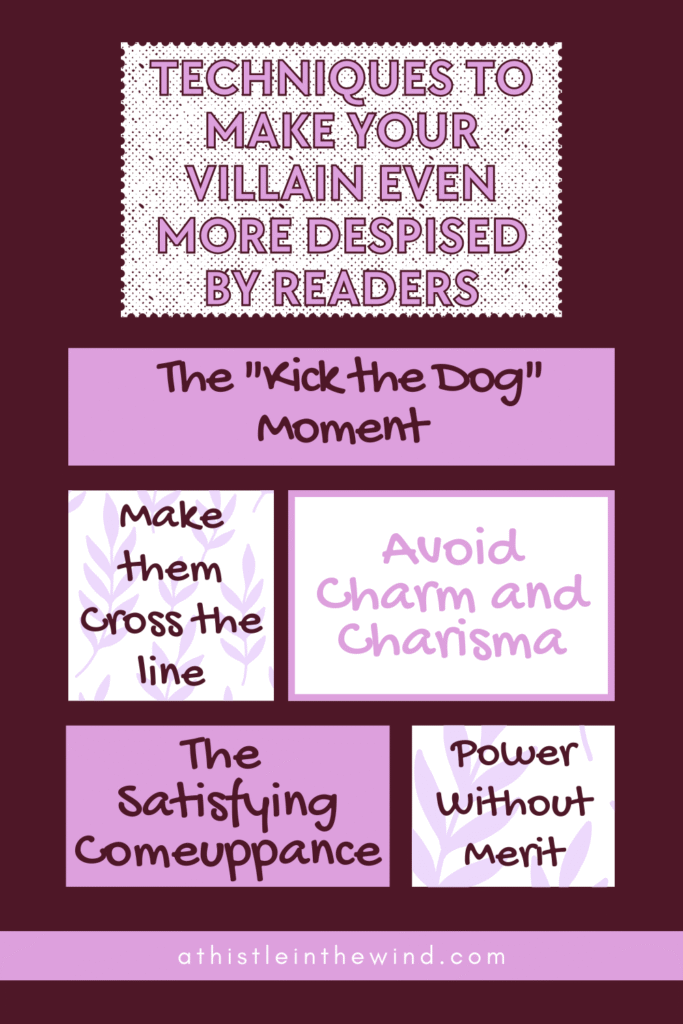
The Art of Loving to Hate Book Characters
There’s a fascinating middle ground when it comes to character likability: the character we love to hate. These are often villains who possess some compelling qualities, perhaps intelligence, charisma, or a twisted sense of humour, even while being undeniably evil.
Readers might be fascinated by them, even entertained by their antics, all while still rooting for their downfall. This complexity can add layers to your story, but it requires careful balancing to ensure they remain the antagonist the audience wants to see defeated.
Ultimately, whether you aim for likability or hateability, the most crucial element is reader investment. Readers need to care about what happens to your characters, whether they’re cheering them on or eagerly anticipating their demise. Even an unlikable protagonist can be compelling if their journey is interesting and their goals are clear.
The key is to evoke a strong emotional response, whether it’s empathy, admiration, frustration, or outright hatred.
So, as you write your next cast of characters, think carefully about the emotions you want to elicit. By understanding the nuances of likability and the triggers of disdain, you can create book characters that will stay with your readers long after they’ve turned the final page. Happy writing!


